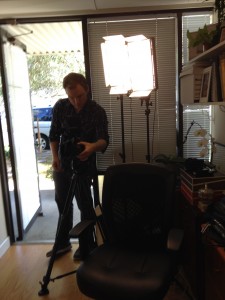I had just finished seeing my last fibromyalgia patient of the morning, and I was getting chicken salad out of my lunch bag and had time to take a deep breath and check in with myself. Ahh, my body felt great–my muscles moved easily and I didn’t feel pain anywhere. I had plenty of energy, my mind was clear, and looked forward to the afternoon and the weekend.
I had hit the “sweet spot,” the spot where my system was in balance. How did I, someone with fibromyalgia, achieve this balance? I try to practice what I preach: in order to have the best chance of recovery from fibromyalgia symptoms I find that I and my patients need to:
1. eat foods that help you feel well–we are what we eat, it is that simple.
2. get consistent aerobic exercise–we all need at least 20 minutes of aerobic exercise 4 times a week to feel well. Put comfortable shoes on and get moving. You will build new mitochondria over time which will give you more energy and help you feel better.
3. clear well on the guaifenesin protocol–this treatment has proved so successful for me and many of my patients.
Do I feel wonderful all day every day? No, but I feel a heck of a lot better now than I felt 7 years ago when I was first diagnosed. Do your best to follow the 3 guidelines to give yourself the best chance to hit your sweet spot. This is my wish for you.

